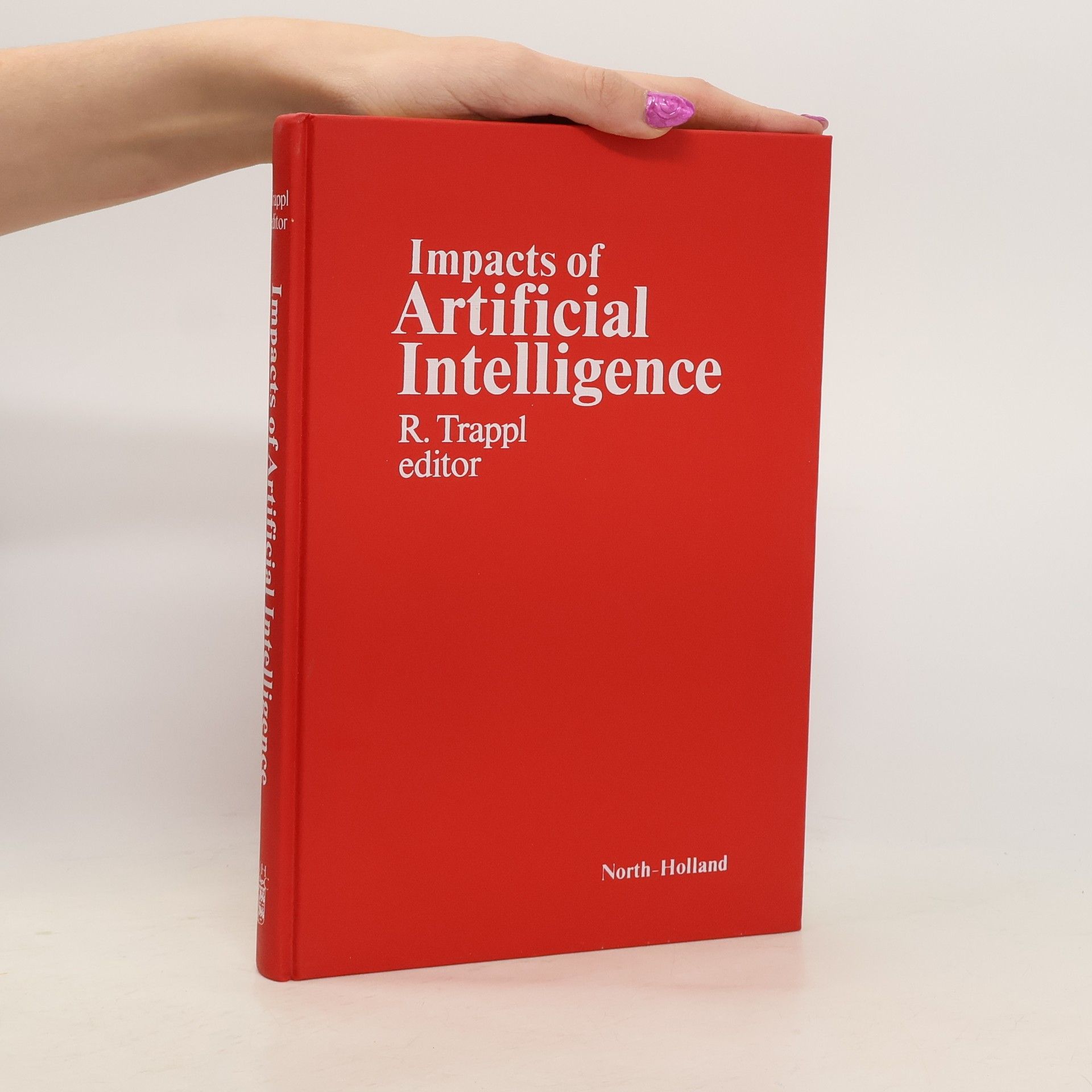• Methodische Grundlagen der Medizinischen Wissenschaft • Wissenschaft und Ethik • Statistik für Nicht-Statistiker • Evidence Based Medicine • Medizinische Informationssuche (Datenbanken.) • Datenschutz
Robert Trappl Bücher



MCW Block 7: Wissenschaft und Medizin
Ein Lehrbuch für das erste spezielle StudienModul (SSM 1) - Block 7 - 4. Auflage
- 174 Seiten
- 7 Lesestunden
Impacts of Artificial Intelligence
Scientific, Technological, Military, Economic, Societal, Cultural, and Political
- 279 Seiten
- 10 Lesestunden